FAMILY OWNED AND OPERATED・PROUDLY SERVING OHIO & FLORIDA SINCE 2002
Fiber Cement Siding vs. Vinyl Siding: Which Is The Better Option? A Detailed Comparison
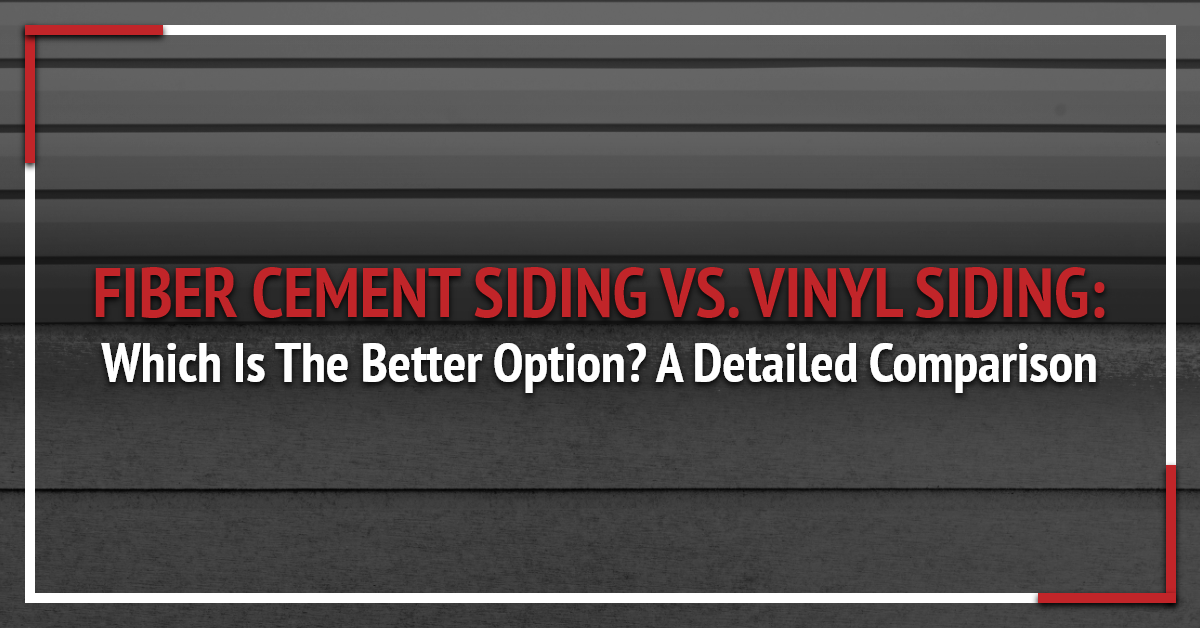
When building or renovating a property, be it a commercial or residential one, there are countless decisions you will need to make. One of these is picking out which type of siding to use. Considering fiber cement siding vs. vinyl siding will be one of these decisions, but choosing between them can be challenging if you don’t have any experience working with them. To help you make the right decision, let’s look at the two siding options, exploring their relative qualities and what separates them to help set you on the right path. We’ll check out their durability, ecological friendliness, combustibility, ease of maintenance, appearance, and more. Let’s dive right in.
What is Fiber Cement Siding?
Commonly referred to as Hardie Board after the industry-leading brand, fiber cement siding is a painted siding material made of sand, cement, and wood pulp. There are two main fiber cement siding types: paint-on-site and factory-painted siding.
What is Vinyl Siding?
Vinyl siding has been the most popular type of siding for many years. It continues to enjoy. popularity in the construction industry due to its low maintenance needs, relative cheapness, versatility, and more. The two main types of vinyl siding are standard and insulated siding. It comes in various sizes and can be fitted to multiple designs.
Fiber Cement Siding vs. Vinyl Siding
These two popular sidings have plenty in common but also have differences. Here’s a side-by-side comparison to help you choose between the two.
Aesthetic Appeal
We all understand the importance of making a good first impression; the same rule applies to our homes and buildings. Fiber cement and vinyl siding both seek to imitate wood siding, delivering style, beauty, and utility without the accompanying disadvantages. Vinyl siding comes in strips that butt up to one another but often leave gaps between them. Because of this, they often fail to imitate natural wood perfectly and do not give you the option of changing their pattern once you order them.
Fiber cement, conversely, comes in individually nailed pieces that lie on top of each other. Its edges are closely butted, resulting in a clean finish when installed. The final result passes for natural wood much more easily than vinyl siding. Overall, fiber cement siding is much more aesthetically pleasing than vinyl siding.
Energy Efficiency
Sidings are relatively thin materials, so they won’t reduce your energy bills by providing insulation, which is why an additional insulative layer is added to vinyl siding. The insulation of a property is known as its R-value. Vinyl has an R-value of 0.5, while fiber cement has a value of 0.61, making vinyl the better option in terms of energy efficiency.
Eco-Friendliness
Wood pulp, or cellulose, is one of the ingredients used in making fiber cement siding. This biodegradable material is much better for the environment than plastic-based vinyl. Burning vinyl in a landfill will emit toxic chemicals into the atmosphere, while fiber will not. Still, vinyl offers plenty of recycling options, while fiber cement does not. At the end of the day, however, the advantage lies with fiber cement because everything has to end up somewhere. Disposing of fiber cement when this time comes is much less harmful to the environment, making fiber cement the best choice for homeowners with a serious concern for the environment.
Cost and Long-Term Value
The initial purchasing and installation costs for fiber cement siding are considerably higher than vinyl siding. Some types of fiber siding will require specialized installation procedures that increase their price tag because you will need to bring in contractors that know how to handle it. Conversely, vinyl is easier, cheaper, and more straightforward to buy and install. It is much cheaper to repair, replace, and maintain vinyl siding as well. If you’re concerned about your budget and the long-term value of your investment, then vinyl siding is the best option for you.
Fire Resistance
The materials used in making fiber cement siding are flame retardant, making them much less combustible than vinyl siding, which will quickly go up in flames. This fire resistance is essential for any property owner but is much more relevant for people living in wildfire-prone regions. Generally speaking, masonry (wood-based) products such as fiber cement siding will offer you a certain amount of protection against fire hazards, making fiber cement the superior option in this regard.
Final Thoughts
The exterior of your home is an essential component of its overall quality. Aside from increasing your property’s curb appeal and resale value, it can help increase its longevity, weatherproofing, fire resistance, and more. If you’re a Central Ohio or Cape Coral, Florida resident interested in either of these siding options, make Allstate Exteriors & Restoration your first choice for professional, experienced, and cost-effective roofing and exterior contracting. Call us today!
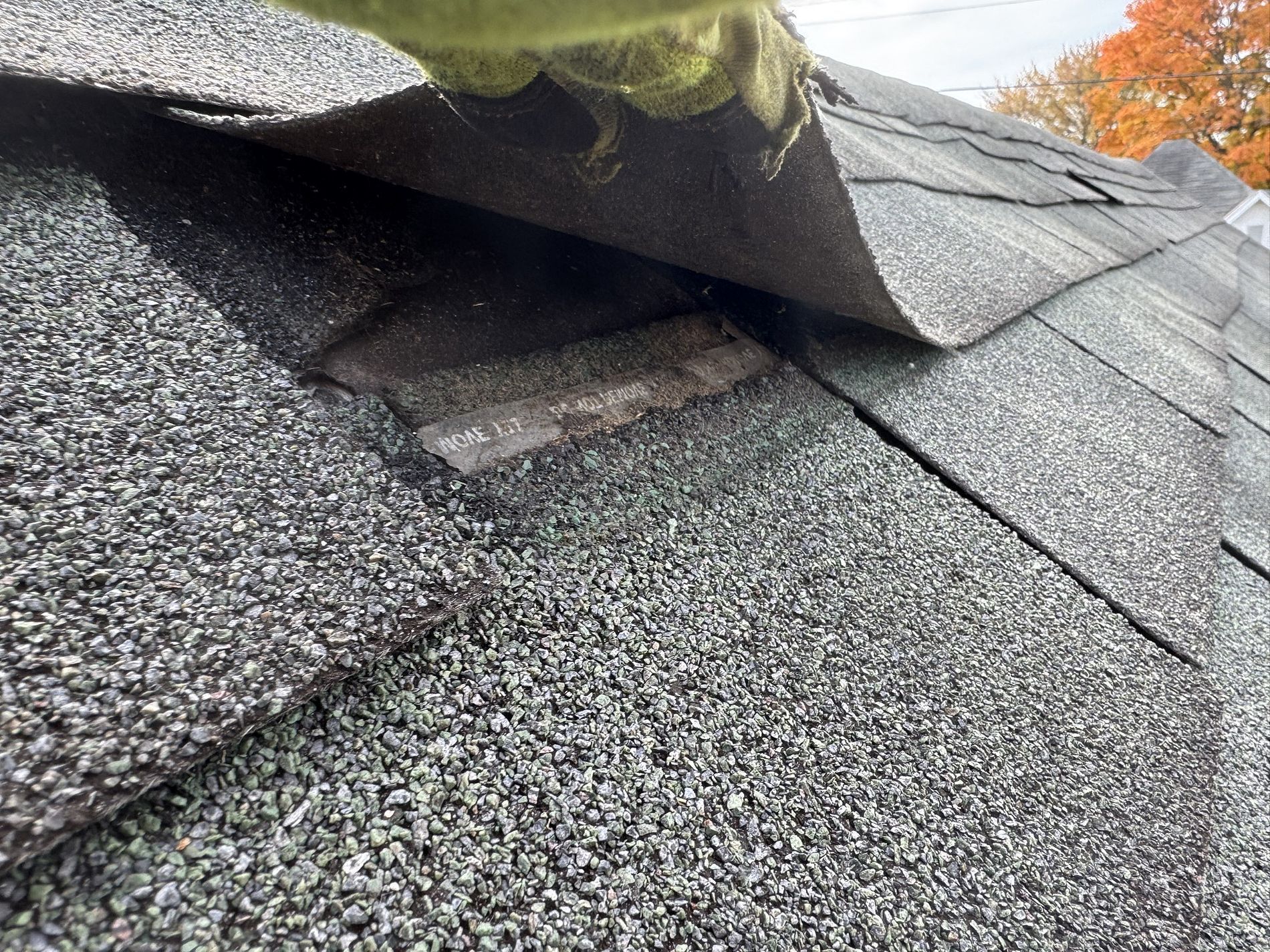
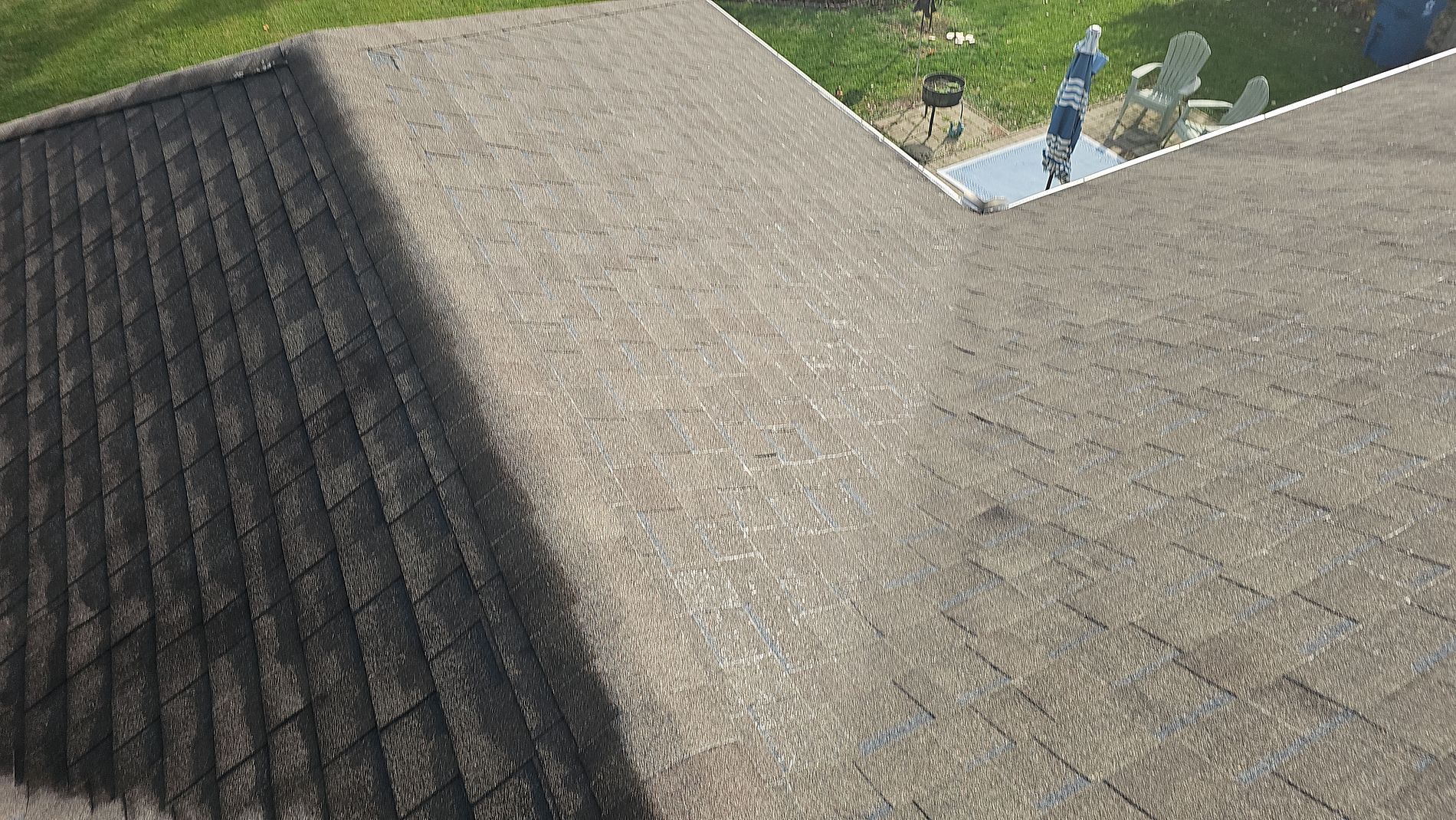
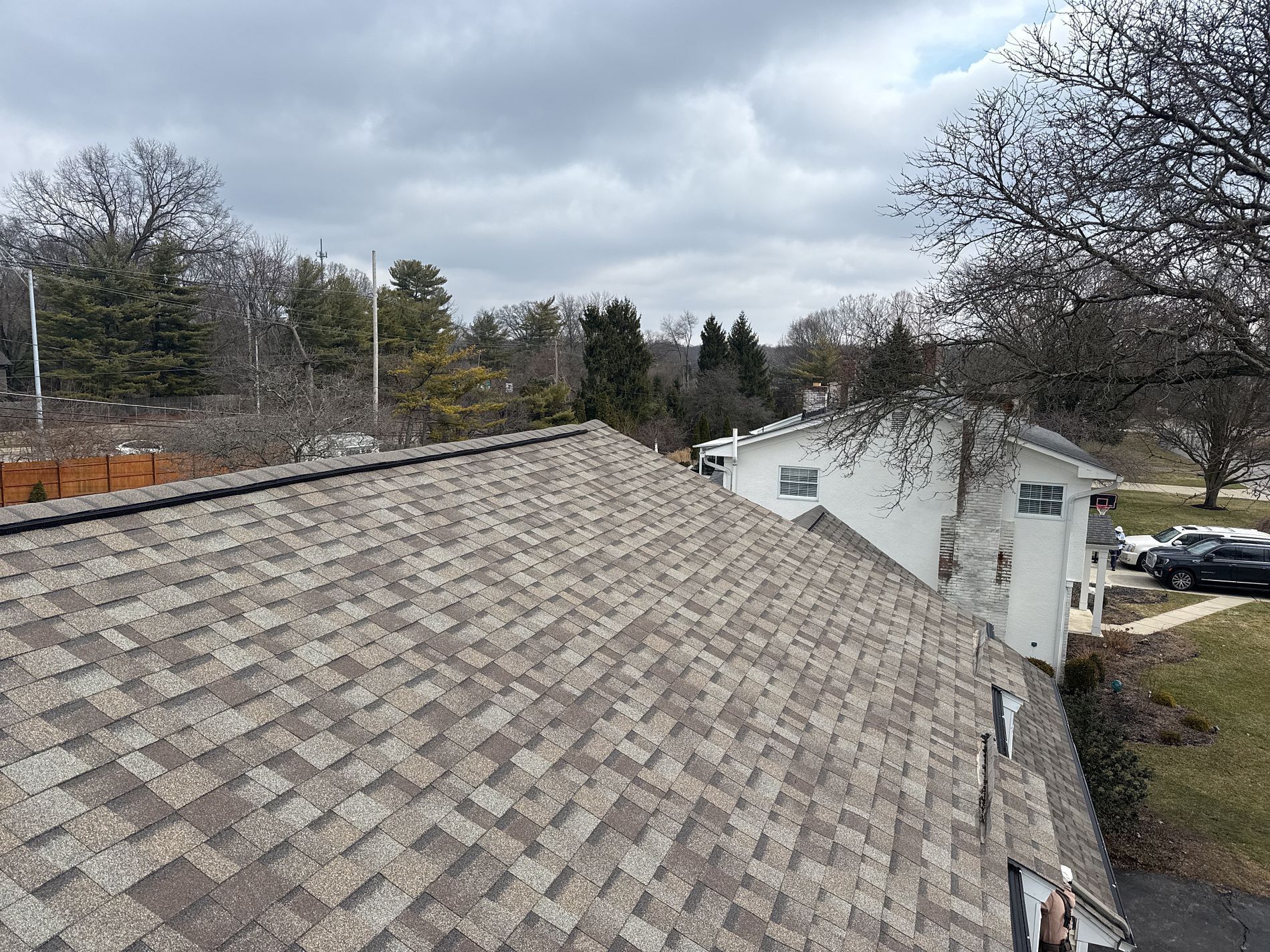
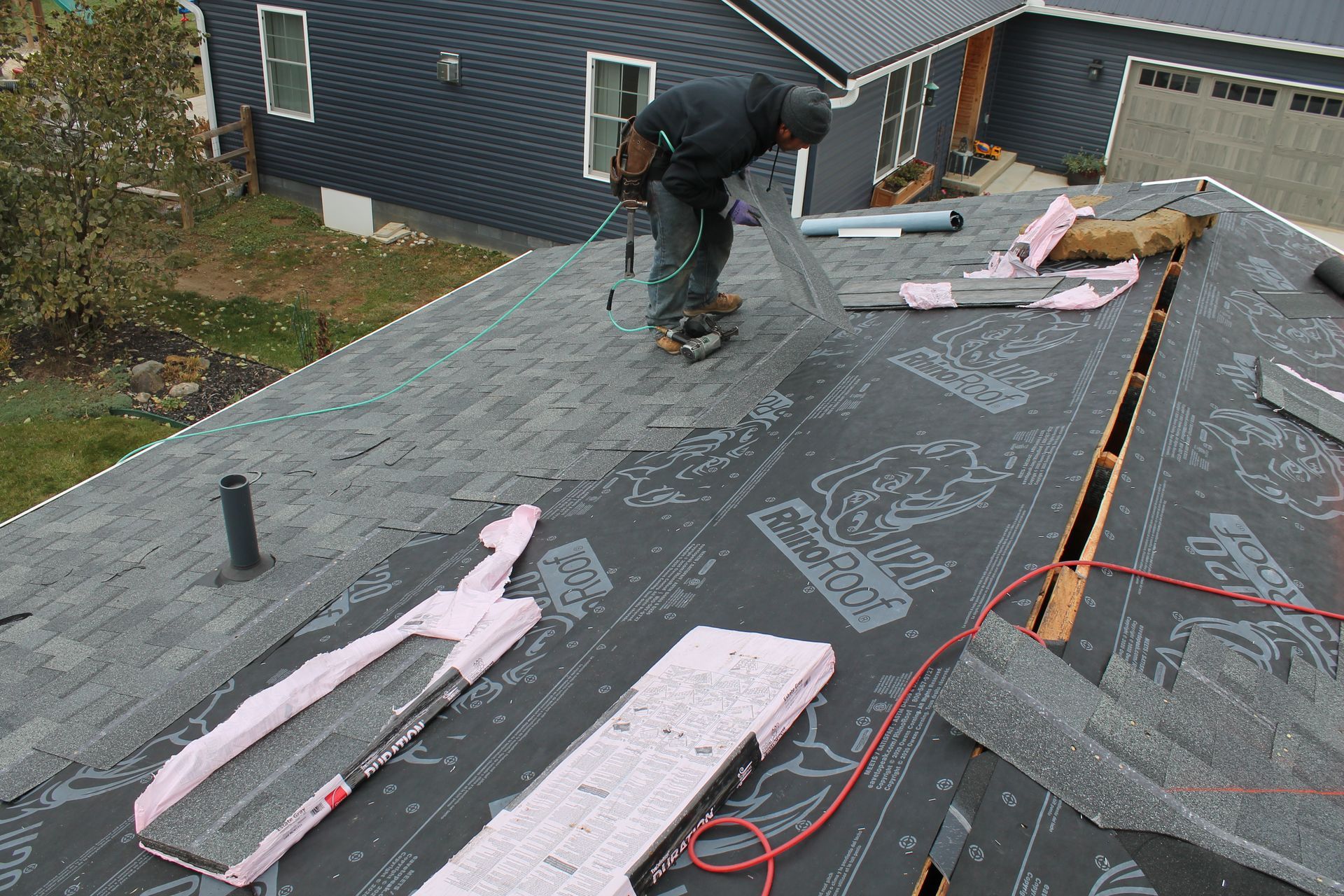
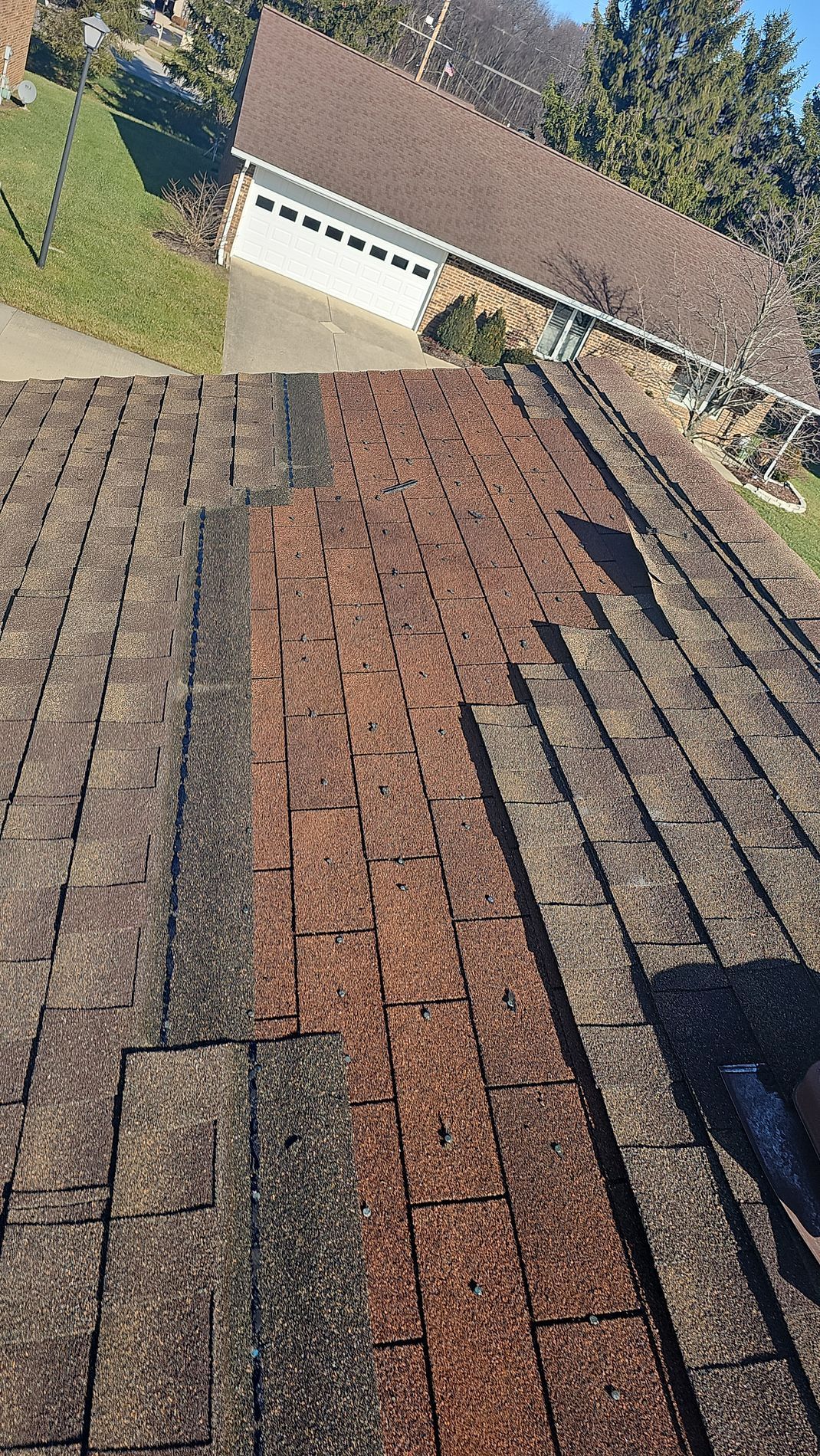
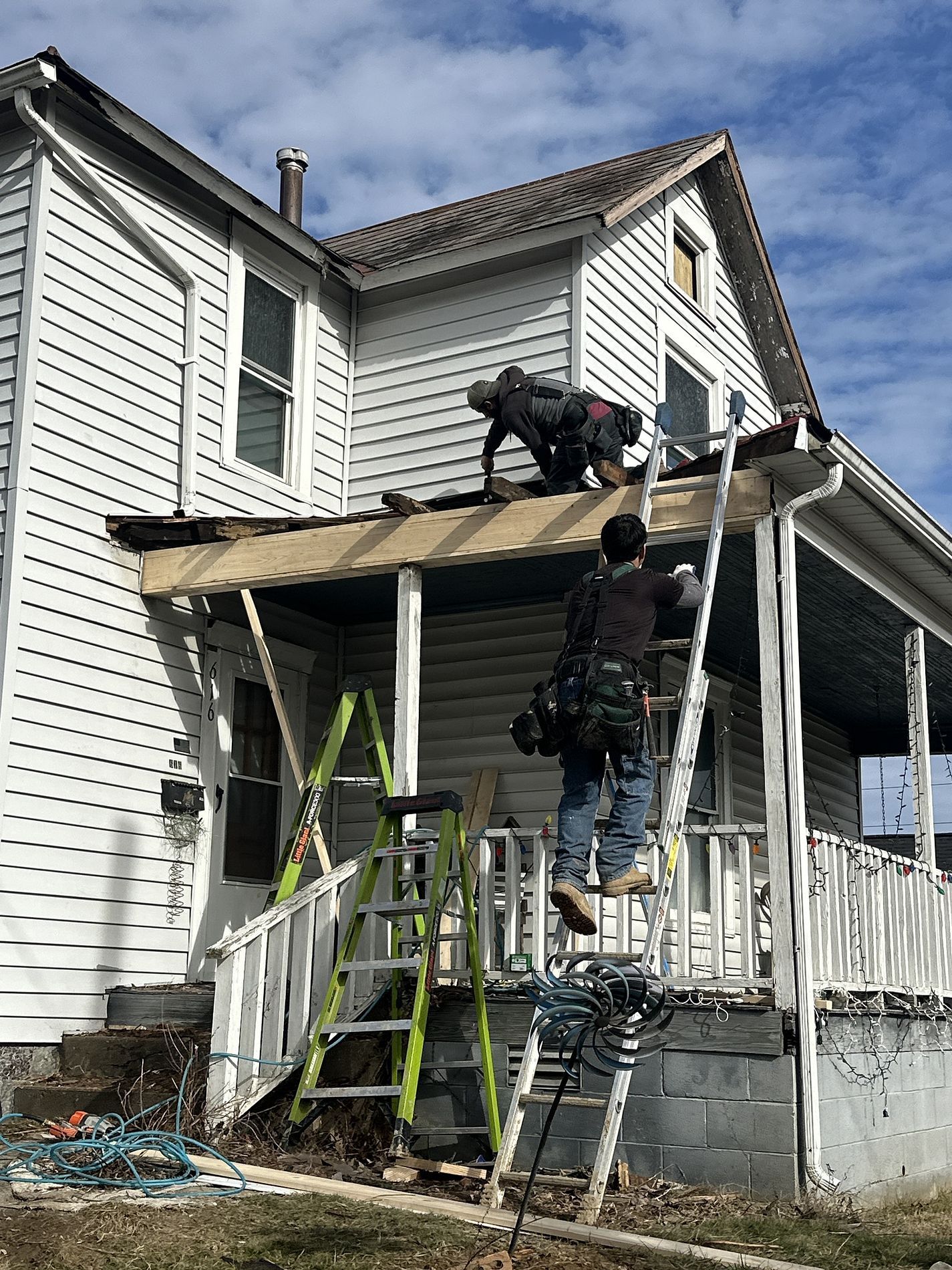

Joe M.
Founder

Lynna M.
Management

Macey M.
Director of Marketing

Cooper M.
Account Manager

Alicia
Inside Account Manager

Allison
Account Coordinator

Amanda
Manager of Accounting

Anne
Account Manager

Brandon V.
Account Manager

Brandon
Account Manager

Brittany
Project Manager

Brianna
Account Coordinator

Brooke
Project Manager

Cayden
Account Manager

Celina
Accounting

Chris
Manager

Cody
Account Manager

Daniel
Account Manager

Danny
Project Manager

Deb
Accounting

Deb
Permitting Specialist

Dillon
Production Project Manager

Eric W.
Account Coordinator

Evan
Production

Glenn
Account Manager

Jack
Inside Account Manager

Jake
Accounting

Jeremy
Management

Jessica
Human Resources

Jessica
Inside Account Manager

Jon
Account Manager

John
Management

John G.
Account Manager

Josh
Inspector

Kyle L.
Account Manager

Kyle R.
Management

Lucas W.
Production

Mack
Account Manager

Matt
Senior Project Manager
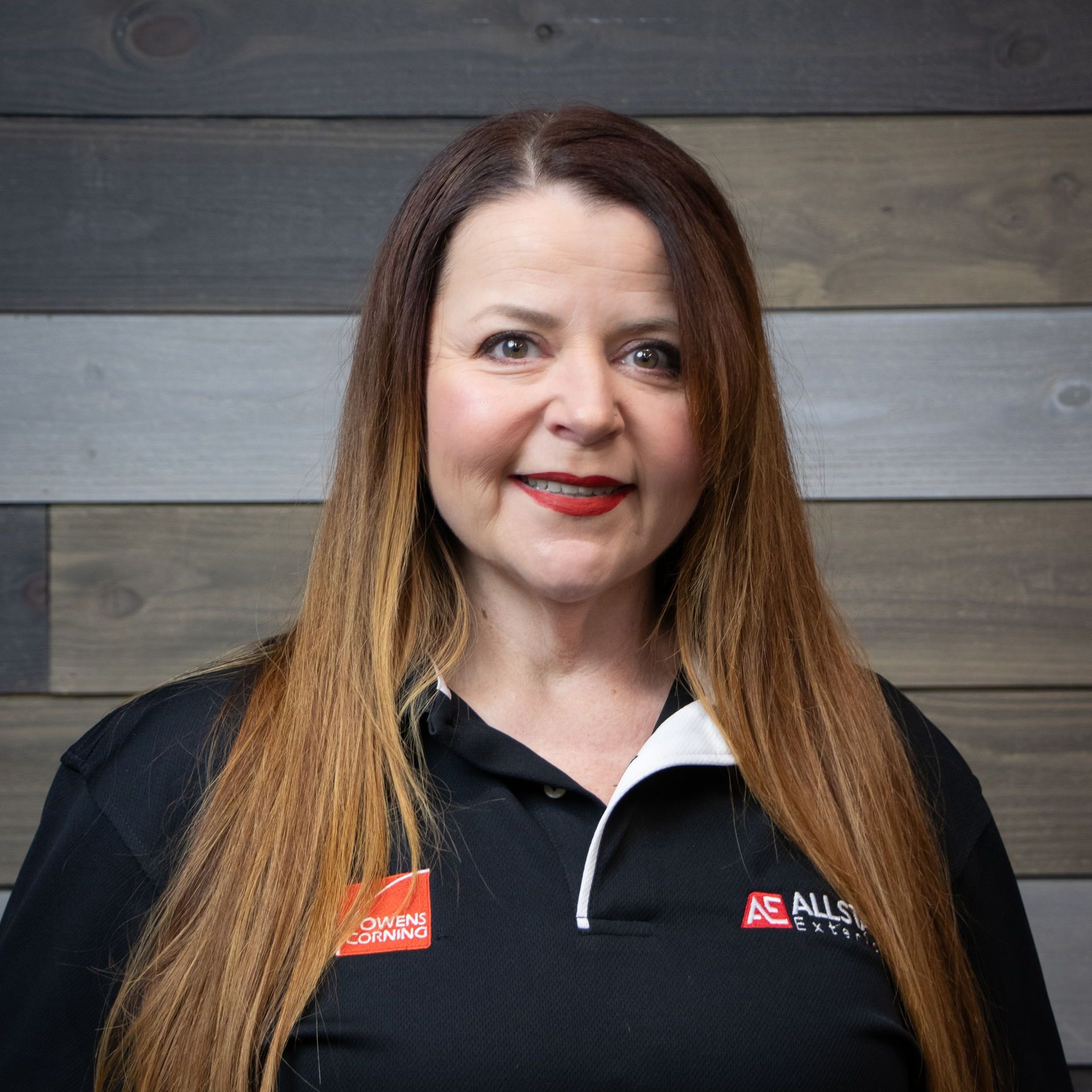
Michelle
Customer Service Manager

Moses
Production Project Manager

Paul
Account Manager

Ronnie
Account Manager

Ryan R.
Management

Teresa
Account Coordinator
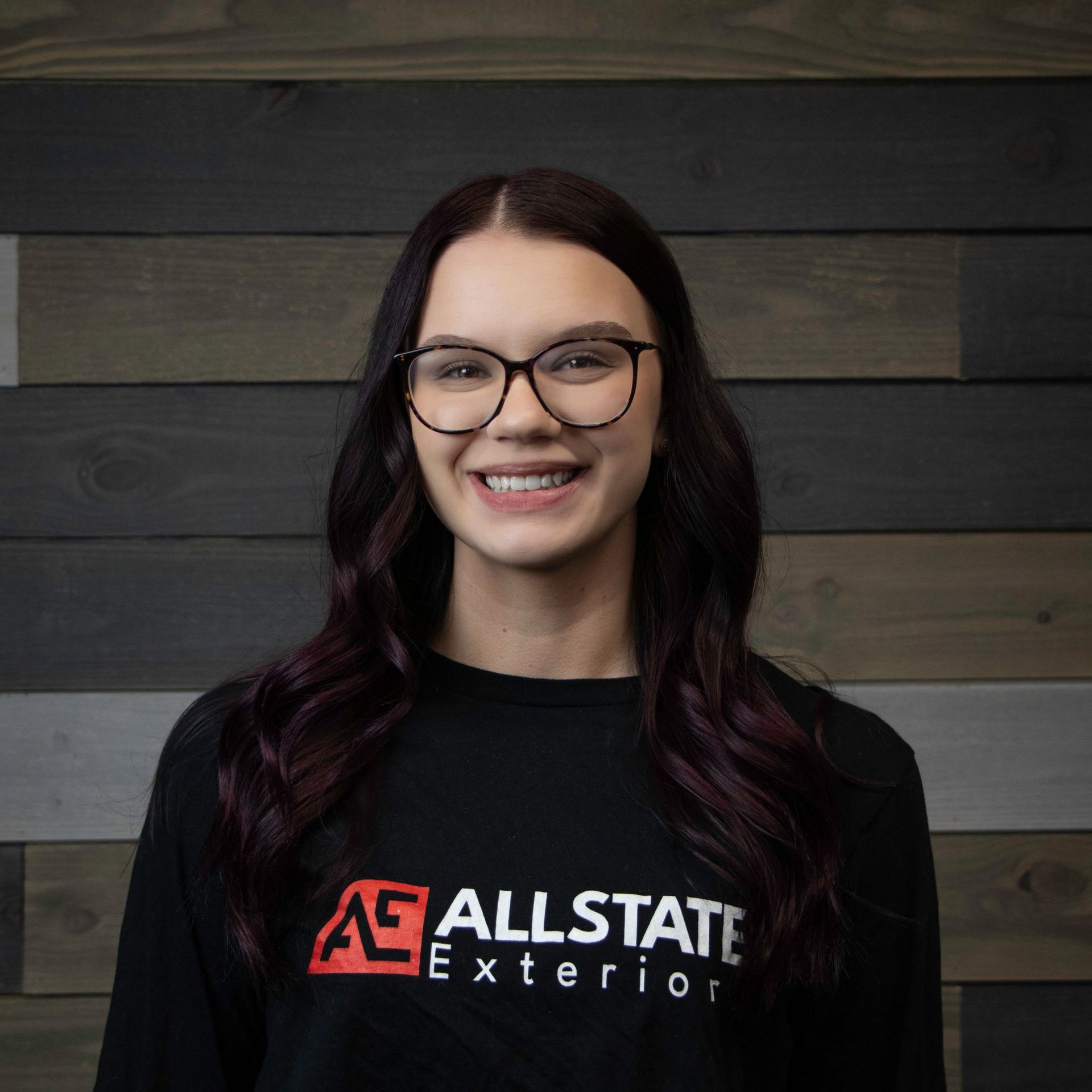
Tessa
Marketing Assistant

Violet
General Manager - Palm Bay

William
Operations

Remembering Tony

For more than 22 years, Allstate Exteriors has been one of the most trusted names in roofing, siding, gutters and all other exterior work in Ohio and Florida.
Allstate Exteriors & Restoration
Allstate Exteriors & Restoration
Orlando Office
1210 Tropic Park Dr
Sanford, FL 32773
689-205-9678
Zanesville Office
(Visit by appointment only)
1277 Maple Avenue
Zanesville, OH 43701
